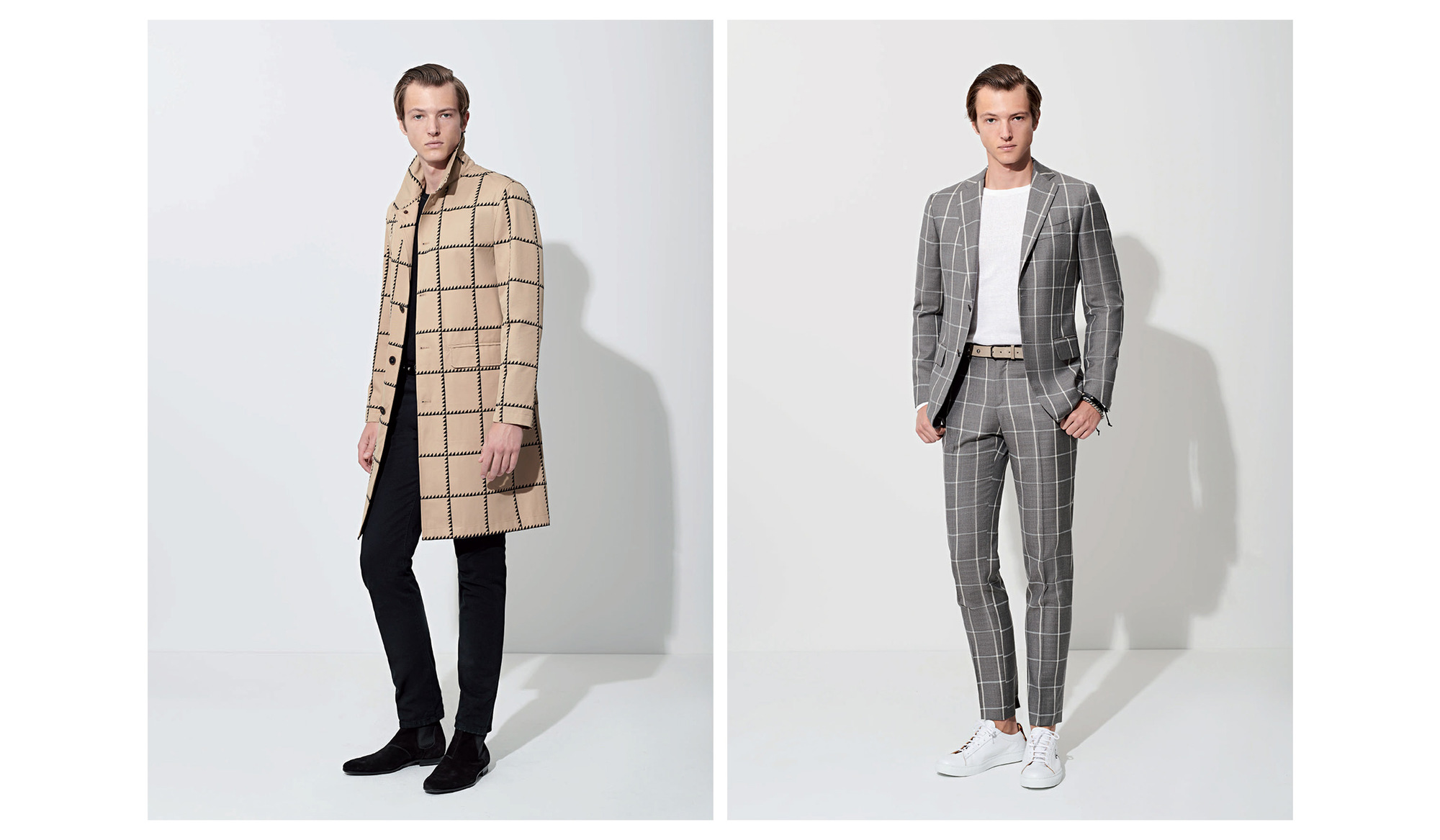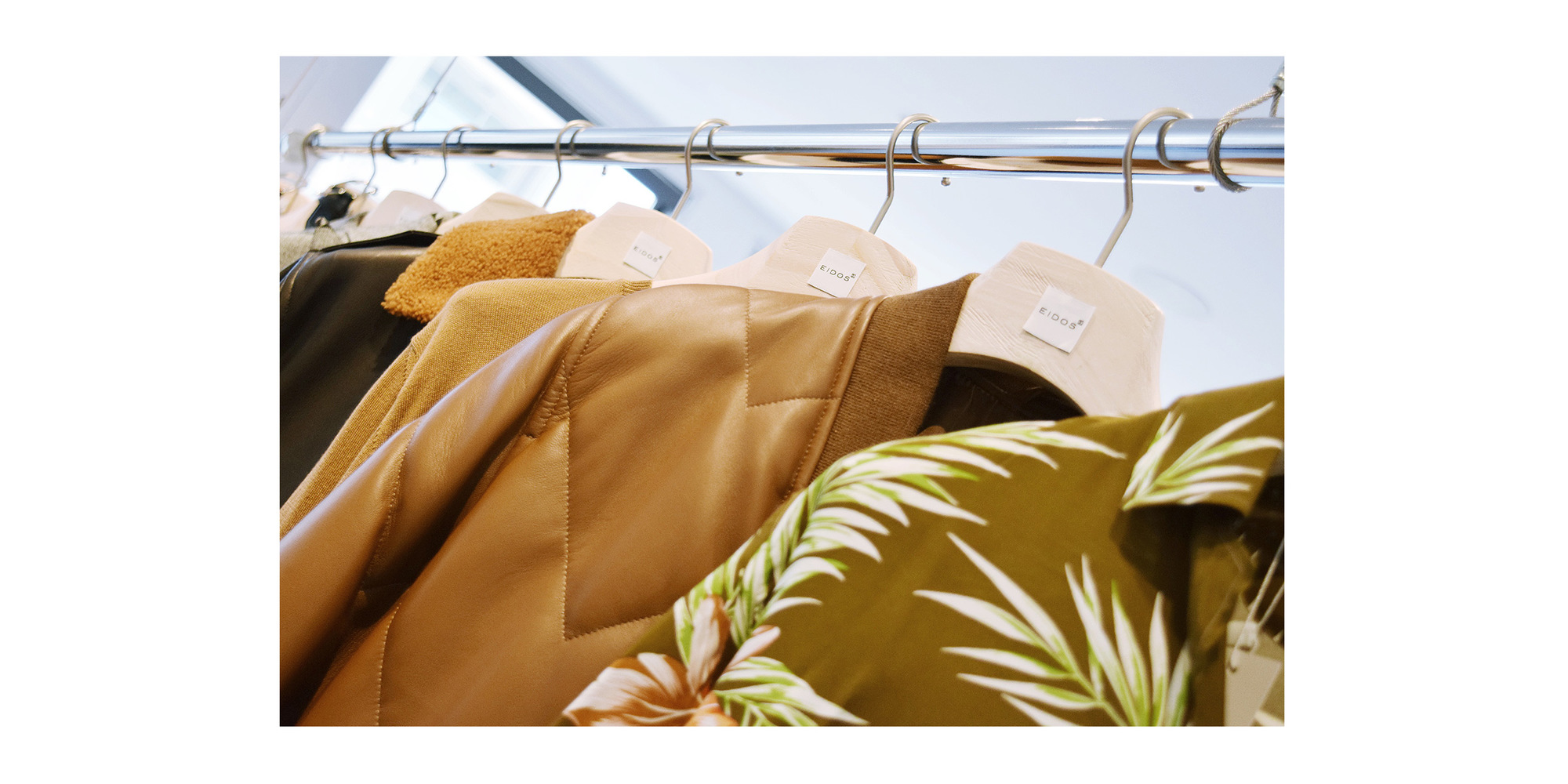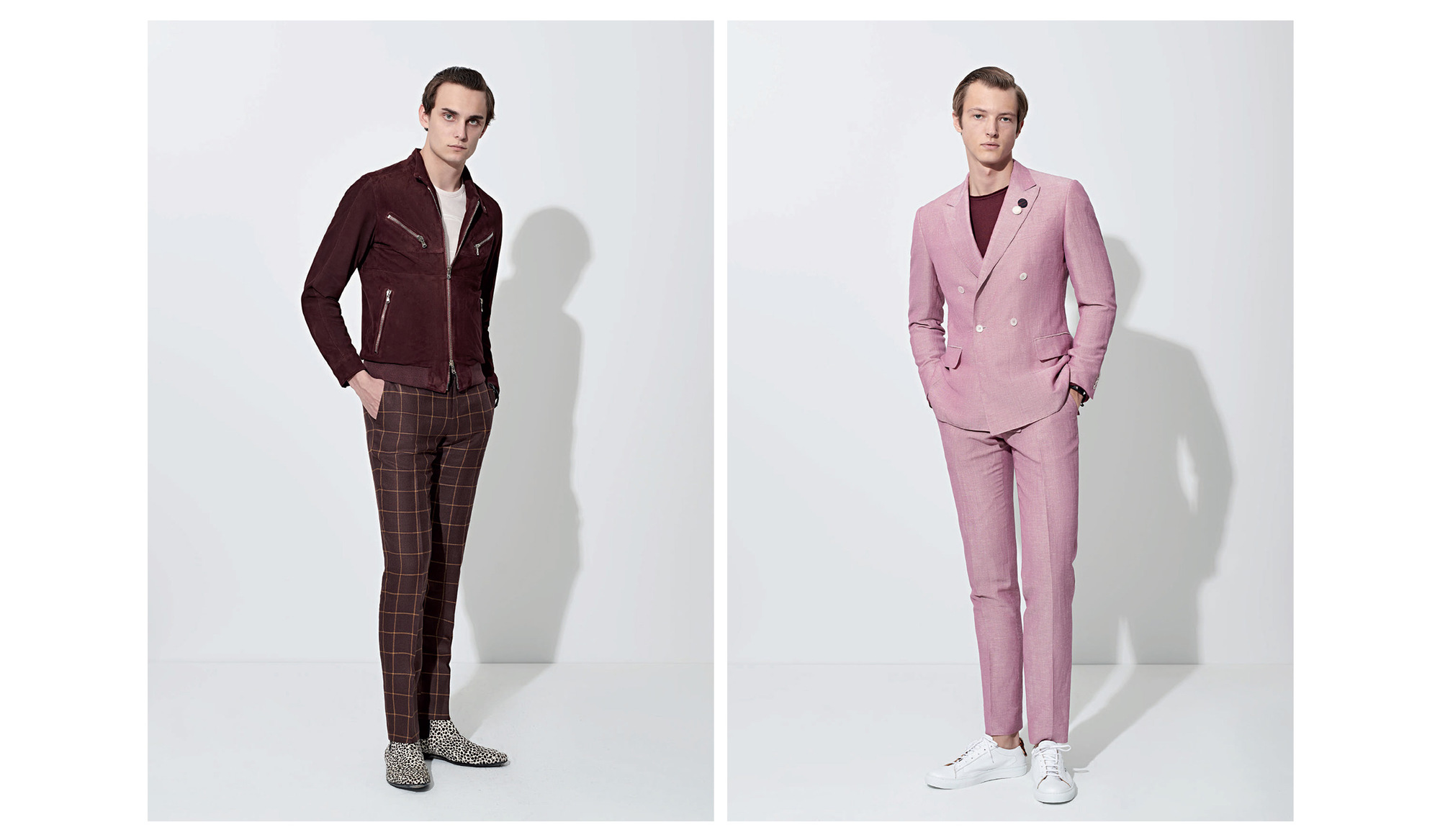The Q&A
Unapologetic Style: Catching up with Simon Spurr, the man behind Neapolitan tailoring's cool new ease

JP: That’s interesting.
SS: For me, it was an important link to Isaia, which is so well known for its use of color. I always start with the tailoring, so I’m thinking about if our guy is going to a summer wedding, let’s give him some pastels or something slightly punchy. Or maybe he’s in the film industry and he’s going to the red carpet and he wants something to be seen in.
JP: Two more questions: Are there other designers that you look to, either dead or alive that you find inspiring? And what inspires you?
SS: I’d say that the other people I worked for informed me more than inspired me. Hedi taught me to throw out the rule book and disregard trends, Calvin taught me to distill product down to its purest form and Ralph helped me understand how to build a brand through repetition as a designer. And in terms of other designers, I love the work of Dries Van Noten and Margiela and old Helmut. I grew up in that era and I am a modernist with a traditional upbringing. So, I’m inspired by modern art and music. I take the subway every day because I look for inspiration everywhere: books, museums or an airport lounge. I am receptive always—like a visual sponge.
JP: Well, I won’t question that, but, I can attest to quality of Neapolitan construction and the Isaia group in particular. I want to know about how that collaborative process works. How do you find the balance between who Simon Spurr is, what Eidos can be and what Isaia is?
SS: Yeah, it’s not an easy thing to sum up. Being respectful of where the brand was when I joined, the desire of what Gianluca Isaia wants the brand to be—he wanted it to be more elevated and more European, which plays into my experience—and also the need to be cognizant of what the retailers want, all while still being true to myself. For the second season, we had some internal discussions and I was given the opportunity to turn up the volume in terms of the graphic nature, the attitude and the sensibility to bring it more in line with vision I have going forward.
JP: To that point, who is the guy that Eidos is for? In your mind, who are you designing for?
SS: I’d be lying if I said designing for myself didn’t play a part. He’s focused on quality and fit and has an ambition to have an unapologetic style. He quietly wants to be noticed and has an international style. Maybe he’s creative—music, graphic arts or whatever—and maybe he’s the younger cousin of the Isaia customer, as opposed to the younger brother.
JP: I’ve always admired your use of color. The easy route for many of the clothes that you design would be to do them in black or grey, but you don’t.
SS: It’s funny because personally I don’t wear color. So, I actually enjoy using color on other people. I’ve always tried to find a balance, because men can wear color very easily, but stronger colors need to be on garments that you could take off over the course of the day. It’s not like you’re going to take an extra pair of pants out with you for the day.


